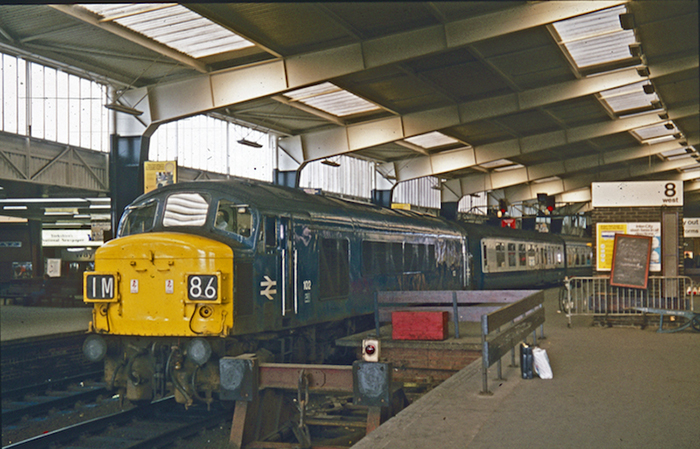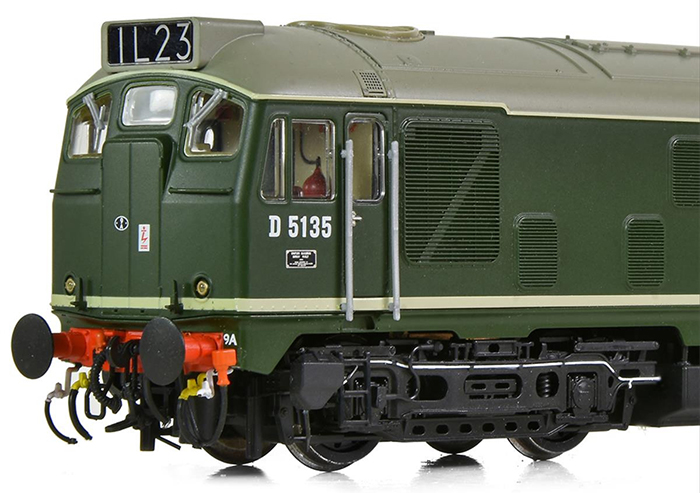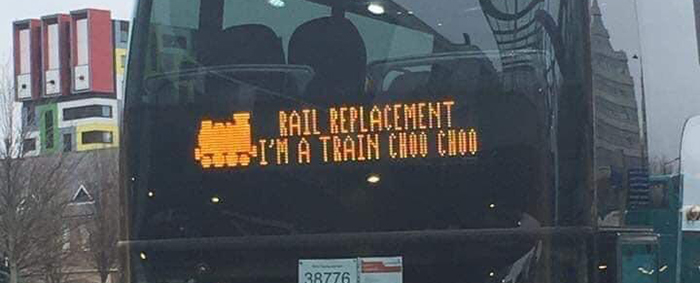

 STUART JORDAN looks at the adoption of headcodes on Diesels.
STUART JORDAN looks at the adoption of headcodes on Diesels.
In the Steam Era, locomotives displayed white headcode discs or lamps on their front. Different patterns were designated to each route, which allowed signalmen to easily identify which train was which. Even in the early days of Dieselisation in the 1950s, the new Diesel locomotives had four flippable headcode discs which could display either white or black.

This Class 45 is heading to the Midland region with an express passenger train.
In the 1960s, manual signal boxes were phased out and were replaced with larger, centralized control boxes. With electric and Diesel locomotives now making up the majority of the network traffic, a new series of headcodes were introduced. British Railways introduced this four-character system in 1962, with the headcode displayed on the front of the locomotive as well as the control panel in the signal box.
The first figure in the code designated the class of train:
1 = Express passenger; breakdown or snowplough duty.
2 = Ordinary; suburban or branch passenger or mixed; breakdown train not on duty.
3 = Parcels or perishable goods train composed of bogie fitted vehicles.
4 = Freight timed at 75mph.
5 = Empty carriage stock.
6 = Freight timed over 50mph.
7 = Freight less than 45mph.
8 = Freight less than 35mph.
9 = Train not all fitted with continuous brakes.
0 = Light locomotive.
The second figure designated the destination region for the train, there for a train travelling from Southampton to Cardiff indicates 'V' for Western Region. Some regions also had their own internal destination codes for trains that were not travelling outside the region.
E = Eastern Region.
M = London Midland Region.
N = North Eastern Region.
O = Southern Region.
S = Scottish Region.
V = Western Region.
X = Excursion or Special.
The remaining two figures were the route or train number. If traffic was too heavy for each train to have its own individual number, routes would be numbered instead.

This Bachmann Class 24 locomotive has the destination region of 'L'. This suggests that it is one of the localised regional codes and it is a Western Region train headed for London.
So from this system we can see that a train with the headcode '2M43' could be a surburban London service, or '1O35' could be an express passenger service from Kings Cross to Edinburgh. The headcode system was not used for long, as centralised signalling meant that controllers would be dealing with trains which could be up to 25 miles away or more. Whilst the headcodes on the trains were phased out, the codes themselves are still used to this day to identify trains on the Signaller's control panel.
These classes have been periodically changed as circumstances changed, for example, since 2017 the '3' code has refered to freight, parcels, or autumn-railhead treatment trains. Code '9' has become any Class 373 train on Eurostar services, or some services on London Overground, TfL Rail, Thameslink, TransPennine Express, and Avanti West Coast. Eurostar services also always carry a 9Oxx or 9Ixx code. This is because most reporting codes on the continent are purely numerical, so they are easily changed to 90xx or 91xx once through the Channel Tunnel.
The Royal Train always carries an X code, and trains on charters or railtours are designated Z. Even rail-replacement buses get a code - 0B00.
0B00, a bus that thinks it's a train. I wonder if the poor passengers saw the humour though!